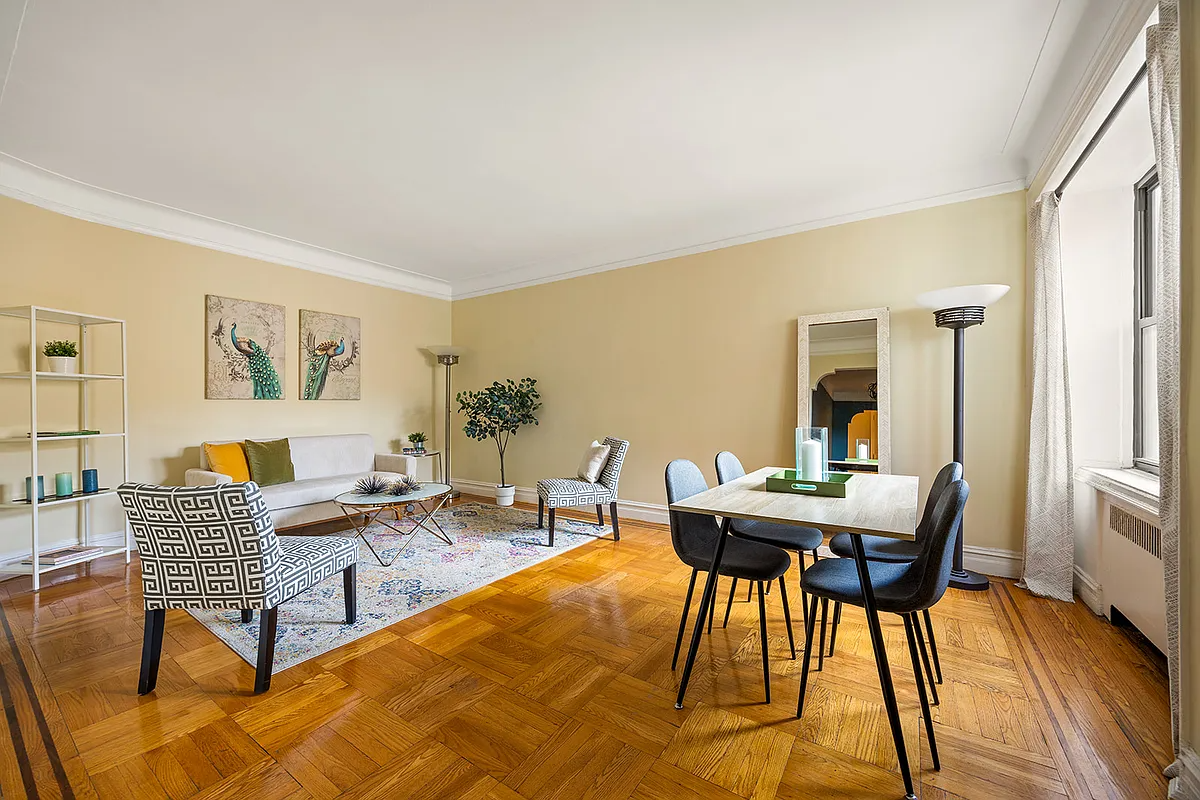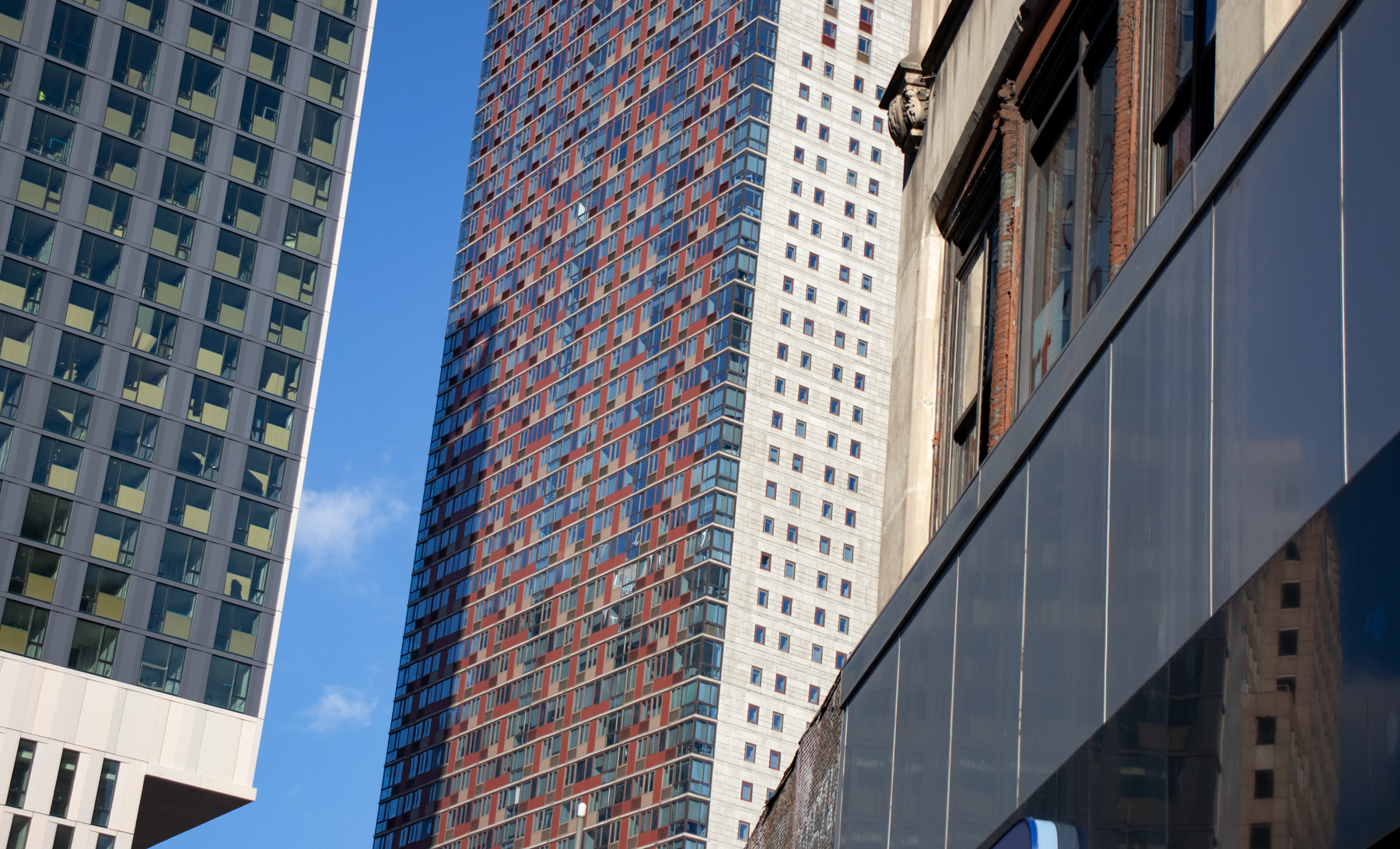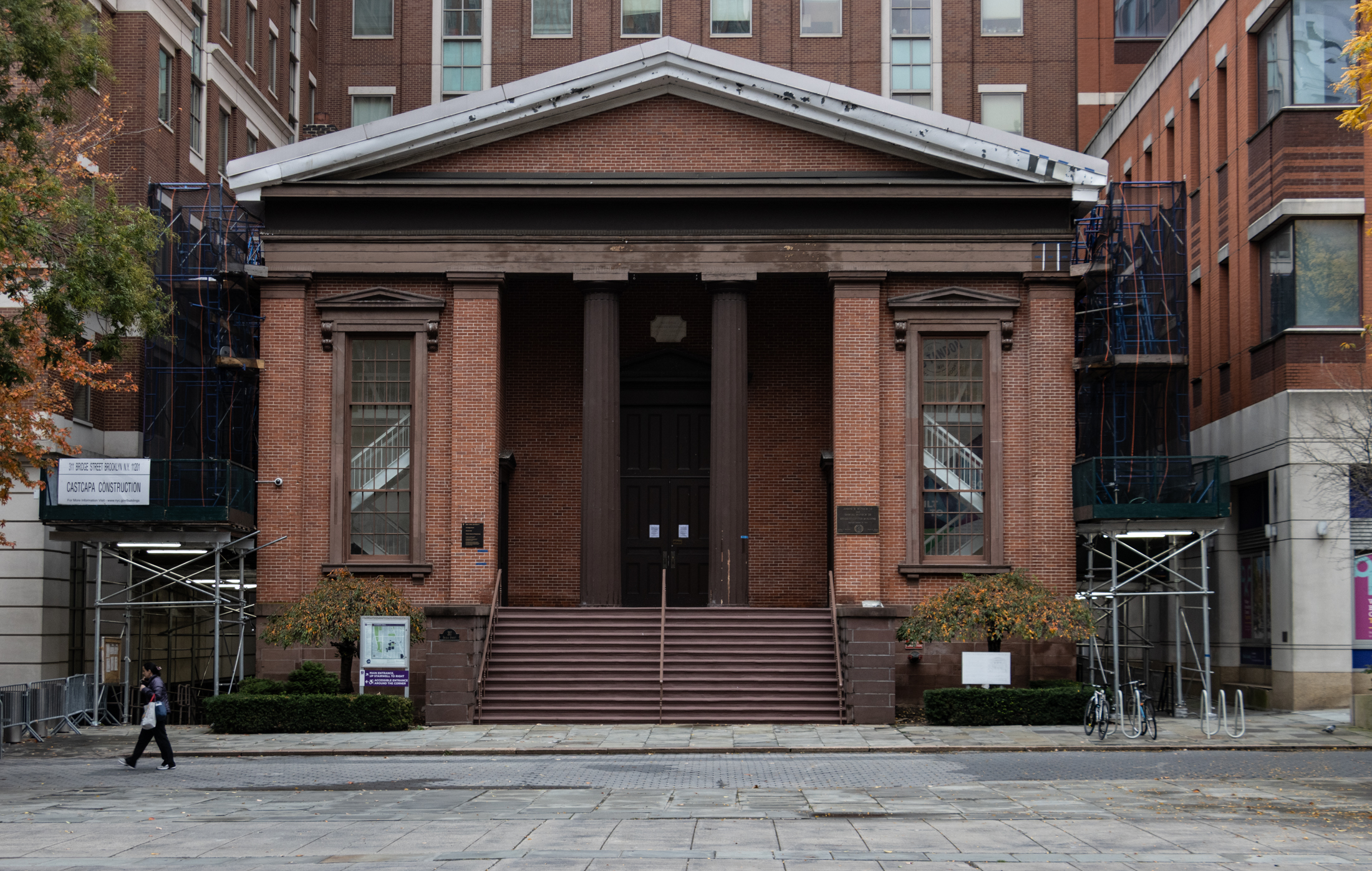Walkabout with Montrose: A Progression of Cornices
The armory story will continue next week. Our intrepid photographer couldn’t get out much last week. Please enjoy this story highlighting another element of architectural ornament. Andrew Jackson Dowling, one of the giants of mid 19th century architecture in the US, wrote that a projecting roofline was one of the simplest, cheapest and most effective…


The armory story will continue next week. Our intrepid photographer couldn’t get out much last week. Please enjoy this story highlighting another element of architectural ornament.
Andrew Jackson Dowling, one of the giants of mid 19th century architecture in the US, wrote that a projecting roofline was one of the simplest, cheapest and most effective modes of giving force and spirit to any building.
Large and often elaborate cornices are a hallmark of much of Western architecture. European builders carried these classical forms to America, and most of our building practices have retained this functional and stylistic form.
From our first Federal townhouses in the early 1800’s to well into the 20th century, most of the architectural styles that now line our streets feature broad cornices, with the size and complexity of those cornices, brackets and forms of ornamentation changing with the fashion of the times.

On a practical level, the cornice has important functions. It holds and hides the gutters and drainpipes that allow water to flow from a flat roof, directing that water away from the façade of the house. The larger the overhang, the more shade the cornice provides.
In the centuries before air conditioning, the importance of this can’t be ignored. Aesthetically, the cornice casts pleasing shadows on the facade, drawing attention to the other details of the building.
As the row house became the dominant residential building style in New York, the cornice was used as a stylistic element of the individual house, as well as the entire row. By the Italianate period, in the mid 1900’s, cornices were made of wood, pressed metal, or stone, traditions that lasted for more than half a century.

Only in the last decade of the 19th century, when the eclectic building styles that we lump together as Queen Anne became the fashion of the day, did architects sometimes abandon the flat roof and rectangular facade.
Peaked and shaped rooflines suggesting a Dutch, Flemish or Tudor cottage design precluded the need for the standard cornice, but these buildings do not make up the majority of residential and commercial buildings in Brownstone Brooklyn. The cornice still rules.
A row of houses with intact cornices is still a pleasing form today. It’s amazing that so many intact rows still exist. Chalk one up for the materials and building practices of the past. Their uniform shapes, along with lintels and doorway hoods, lead the eye down the block in an elegant progression.

How often do we look up and see the cornices covered up with cheap flashing, or worse, removed, along with any other ornament, in a 1950’s attempt to modernize these old houses? How many times do we comment that a new building would be much improved by simply adding a cornice, or the renovation of an old one incomplete without replacing or repairing the cornice?
Larger residential and commercial buildings would also be far less stately without their often impressive cornices. I’ve collected some great examples in Bed Stuy, Crown Heights and Clinton Hill. There are many, many more all over the city. Take a good look at the buildings you pass everyday.





[Photos by Suzanne Spellen]





wow what interesting work. There is some very nice cornice work right in my back yard. Brooklyn really has some treasures on the top of these buildings. I have to look up more. Great job MM.
Montrosse, wonderful! Brava!
I have always thought that a historic building missing its cornice looks as if it has been scalped. Cornices are very important aesthetic features and are one of the joys of a well-preserved streetscape.
MM, I now look forward to Tuesdays and reading your articles.
Your photos are great! Love the Grant Square Apt. & St. James Double Cornice & The Dean St. Flats – Ooooh, those lion heads.
Thanks!!
Thanks MM. I had no idea that cornices had a practical purpose. I just loved the one my building for it’s beauty.
Montrose;
Nice write-up. You have missed one other important parcticality of a cornice: it protects the mortar in the brickwork from being worn away by the rain. If you look at the topmost portion of a brick building’s facade that does not have a cornice, you will invariably see that the mortar is worn away (unless it has recently been “repointed”). The cornice protects this topmost portion of the facade from the rainwater, and slows down this erosion considerably.
Another good chapter!!!! 😉
Fascinating, MM. Thanks for this. Wonderful pictures too.
Yay, I learned something today! But seriously, interesting stuff. Cornices are one of those things that I find interesting to look at but generally not aesthetically pleasing. But that’s cool about the origins. More good stuff, thanks MM!